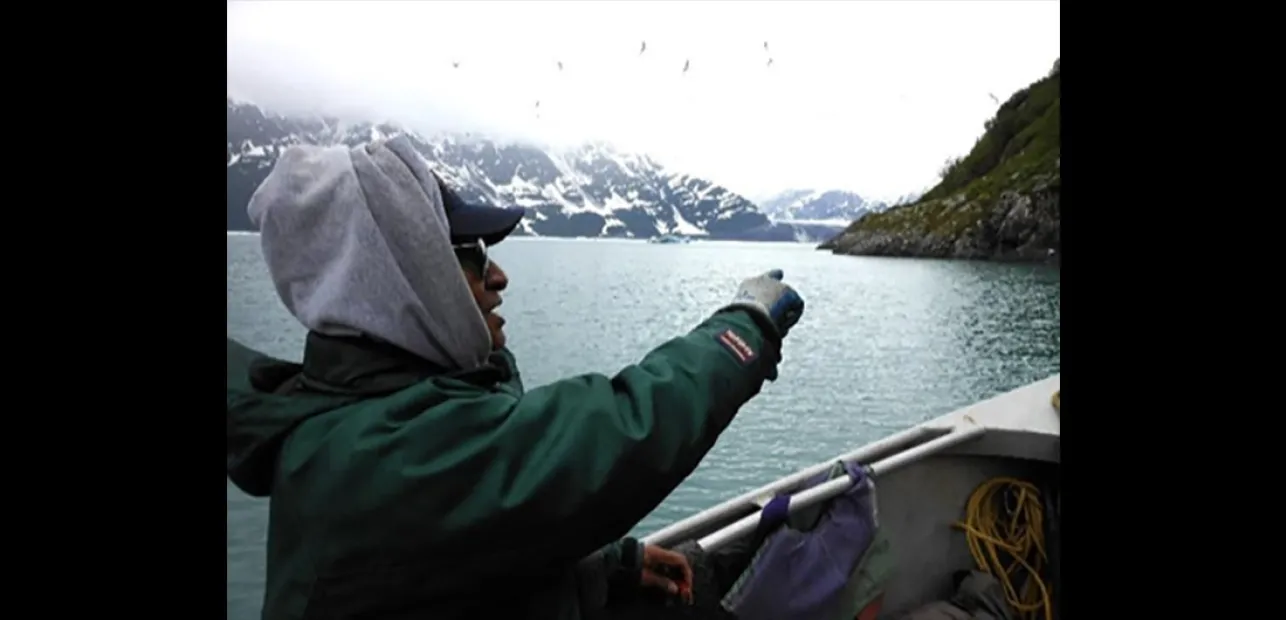Search
Archaeology and Indigenous Knowledge along a Bountiful Subarctic Coast
Lectures & Discussions, Webcasts & OnlineTuesday, June 3, 2025, 2 – 3:30pm EDT

Arctic Studies Center - Ernest "Tiger" Burch Memorial Lecture Series, 2025
Presented by: Aron L. Crowell, Arctic Studies Center, Anchorage, AK
Sugpiaq and Tlingit communities along the Gulf of Alaska are highly attuned to the dynamic climate, environment, and ecology of this subarctic sea, harvesting subsistence bounties of fish, birds, and sea mammals by applying the cumulative knowledge and cultural inheritance of 10,000 years. The history of Alaska Native adaptation to the Gulf, including ancestral responses to dramatic and recurring environmental change, is accessible through community-based studies that integrate oral knowledge, archaeology, and paleoenvironmental sciences. The talk features Arctic Studies Center field projects and videos that highlight community participation and perspectives.
Dr. Aron L. Crowell is an Arctic archaeologist and former Alaska Director of the Smithsonian Institution’s Arctic Studies Center in Anchorage. His research in collaboration with Alaska Native communities has examined cultural adaptations to coastal ecosystems, historical ecology, cultural landscapes, tectonic and glacial impacts, and Indigenous ecological knowledge. His recent books and edited volumes include Laaxaayík: Near the Glacier: Indigenous History and Ecology at Yakutat Fiord, Alaska (Smithsonian Scholarly Press 2024), Arctic Crashes: People and Animals in the Changing North (with Igor Krupnik, Smithsonian Scholarly Press, 2020), and Archaeology and the Capitalist World System: A Study from Russian America (Plenum Press, 1998). Crowell has led or cocurated Smithsonian exhibitions including Looking Both Ways: Heritage and Identity of the Alutiiq People (2001); Gifts from the Ancestors: Ancient Ivories of Bering Strait (2009), and Living Our Cultures, Sharing Our Heritage: The First Peoples of Alaska (2010).
Photo caption: Tlingit Elder, George Ramos, at Yakutat, pointing to the location of a traditional sealing camp on Egg Island (Photo credit: Aron Crowell, 2011)
Free and open to the public
Online; Internet connection required
Natural History Museum

